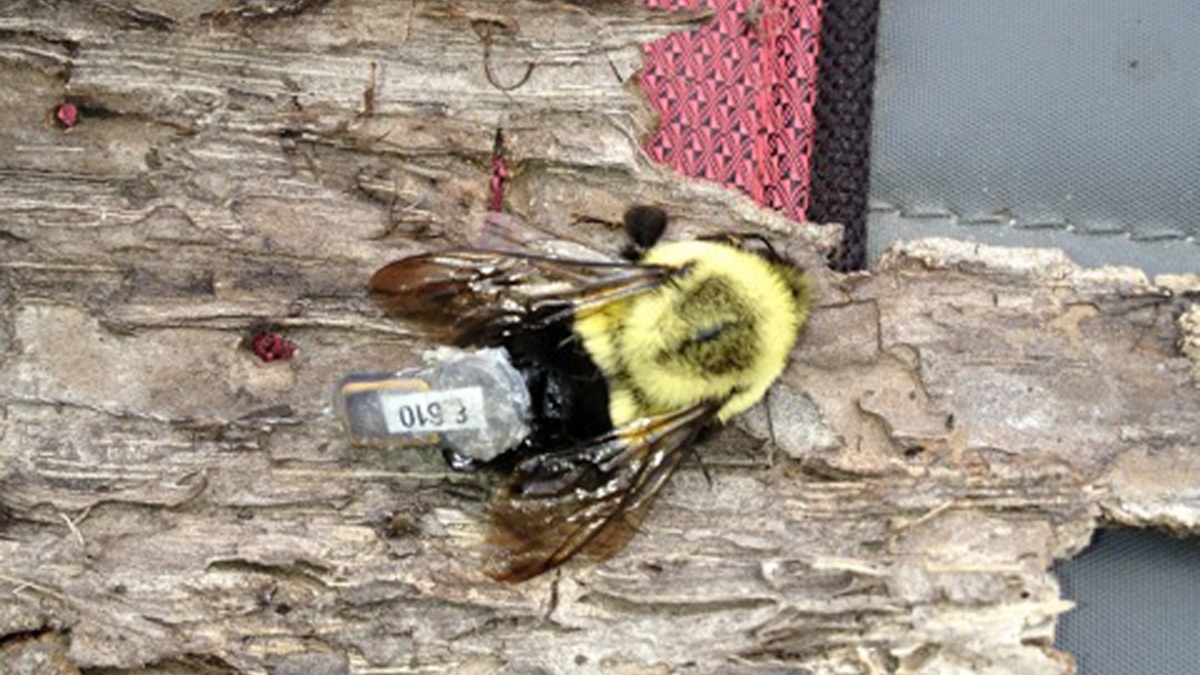
July 3, 2013
LINCOLN, Neb. — How do you put a radio tracking device on a bumblebee? Very carefully.
Professors at the University of Nebraska-Lincoln's Entomology Department are in the pilot stages of a program aimed at teaching high school students how to use radio tracking technology to learn about bumblebee queens that they think is the bee's knees.
There are 20 bumblebee species in Nebraska.
The project, which started in May, tentatively is called "Bumble Boosters 2.0," a reboot of a project that ran from 1999-2002.
Doug Golick, now an assistant professor in entomology, was a master's student working under Marion Ellis, an entomology professor, when the original "Bumble Boosters" program ran.
The project had high school students collect bees to keep track of the different species in the Lincoln area.
"Around that time I thought it would be really neat if we could track what bumble bees do," Golick said.
Now that the tracking technology is available, Golick and his colleagues have begun to experiment with the best method of attaching radio tracking devices to bumblebee queens.
The goal is to track newly emerged queens to see where they decide to start a nest and what they do during the time between emergence and finding a nest.
"They spend their first few weeks feeding before they establish a nest," Golick said.
Queen bumblebees find abandoned rodent dens to start their nests.
Bumblebees have a waxy substance that coats their bodies and makes it difficult to glue a device to them, Golick said.
Golick said that the best method seems to be plucking the hairs off the bees and then gluing the tracking device to the shaved area.
"We are working with stinging insects. We want to get it down right and make it safe for high school students to do," Golick said.
Each tracking device weighs about .2 grams and costs around $230, Golick said.
Golick and his colleagues are looking for funding to take the project into its next stage involving area high schools.
"I’d like to have it be a relatively large project in dozens of schools," Golick said.
Doug GolickAssistant Professor
Entomology
402-472-8642
dgolick2@unl.edu Heather Haskins
Student Writer Dan Moser
IANR News Service
402-472-3030
dmoser3@unl.edu